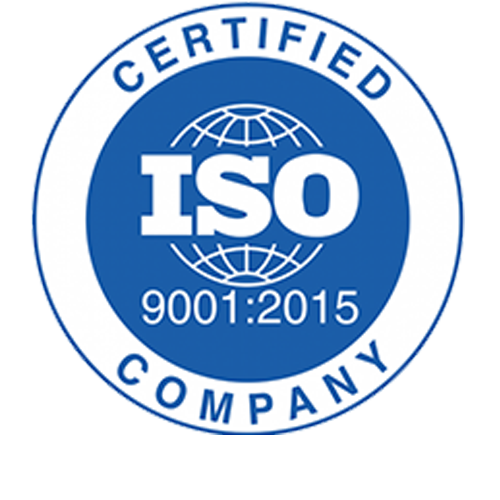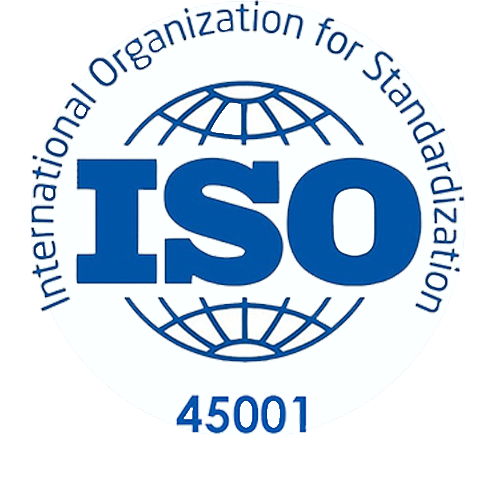
Mengatasi "Carryover" dengan Penggunaan Anti Foaming Agents
Pada pengolahan air limbah (WWTP), "carryover" adalah masalah yang sering dihadapi. Carryover terjadi ketika busa yang terbentuk selama proses pengolahan air limbah naik ke permukaan dan terbawa oleh aliran air keluar dari sistem. Carryover dapat mengakibatkan beberapa masalah, termasuk kontaminasi di lingkungan sekitarnya, penurunan efisiensi proses, dan kerusakan pada peralatan.
Salah satu solusi yang umum digunakan untuk mengatasi carryover adalah penggunaan anti foaming agents atau bahan kimia anti busa.
Apa itu Anti Foaming Agents atau Defoamer?
Anti foaming agents, atau bahan kimia anti busa atau defoamer, adalah bahan yang dirancang khusus untuk mengendalikan pembentukan busa selama proses pengolahan air limbah. Defomer bekerja dengan mengurangi tegangan permukaan air, mencegah pembentukan gelembung, atau menghancurkan busa yang sudah terbentuk. Anti foaming agents tersedia dalam berbagai jenis, termasuk silikon, alkohol etoksilat, asam lemak, dan turunan minyak mineral.
Peran Anti Foaming Agents dalam Mengatasi Carryover
- Mengurangi Pembentukan Busa: Anti foaming agents membantu mengurangi pembentukan busa selama proses pengolahan air limbah. Ini mengurangi volume busa yang terbentuk dan mencegahnya naik ke permukaan.
- Meningkatkan Efisiensi Proses: Dengan mengurangi pembentukan busa, penggunaan anti foaming agents dapat meningkatkan efisiensi proses pengolahan air limbah. Hal ini memungkinkan pabrik untuk bekerja pada kondisi operasional yang lebih optimal.
- Mencegah Carryover: Carryover terjadi ketika busa terbawa oleh aliran air keluar dari sistem. Dengan mengendalikan pembentukan busa, anti foaming agents dapat mencegah carryover, mengurangi kontaminasi di lingkungan sekitarnya, dan menjaga kualitas air limbah yang diolah.
- Melindungi Peralatan: Carryover dapat menyebabkan kerusakan pada peralatan seperti pompa, pipa, dan filter. Dengan mengurangi carryover, penggunaan anti foaming agents dapat membantu melindungi peralatan dari kerusakan yang disebabkan oleh kontaminasi dan penumpukan busa.
Penggunaan anti foaming agents pada pengolahan air limbah tergantung pada karakteristik air limbah yang diolah, kondisi operasional, dan jenis peralatan yang digunakan. Penggunaan yang tepat dari anti foaming agents melibatkan pemilihan jenis dan dosis yang sesuai, serta pengawasan yang cermat terhadap efeknya terhadap proses pengolahan.
Salah satu defomer terbaik dengan stabilitas tinggi dan sangat efektif mereduksi busa adalah Aquaright Defomer-10. Defoemer-10 ini sangat cocok digunakan untuk proses industri pulp dan kertas, karet, fermentasi, tekstil, sistem pengolahan limbah dan air.
AQUARIGHT DEFOAMER 10 merupakan antifoam jenis emulsi, yang diformulasikan untuk tujuan umum. AQUARIGHT DEFOAMER 10 memiliki karakteristik kinerja yang unggul dibandingkan antifoam lainnya dalam kondisi tertentu. Dapat digunakan sebagai produk rapi atau setelah diencerkan.











